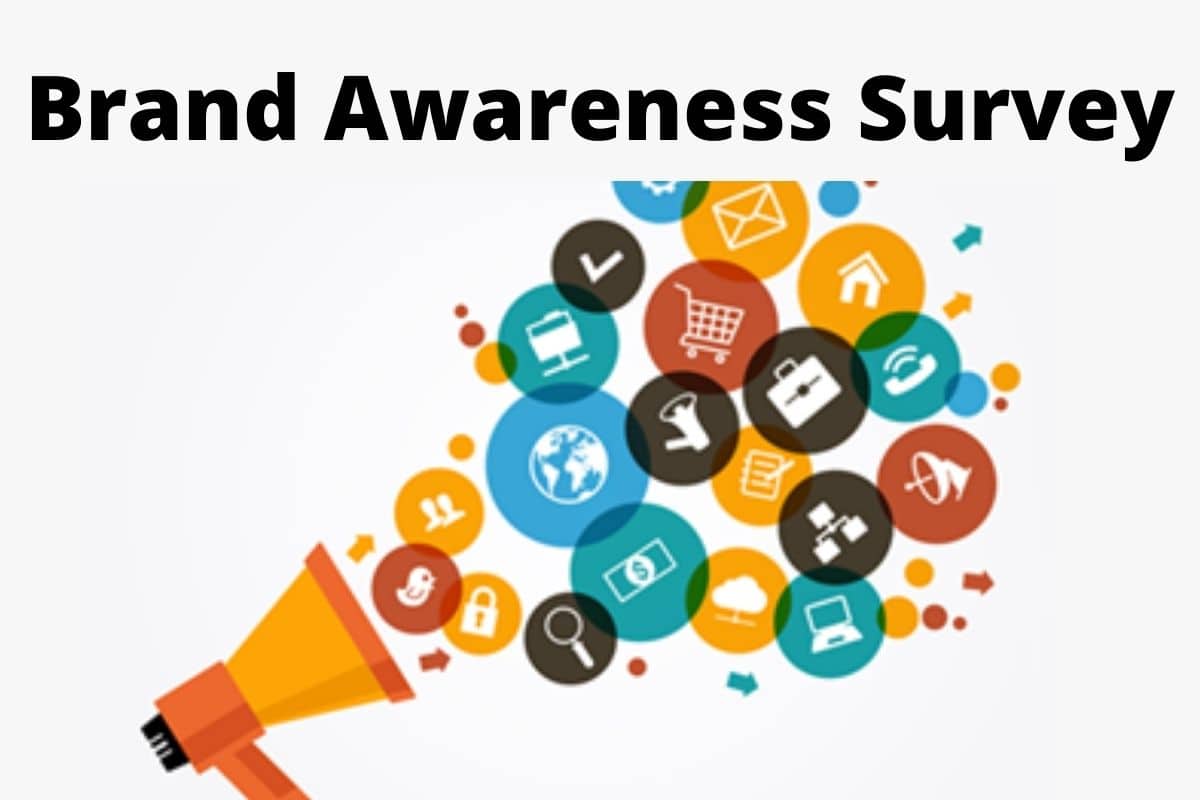Today, building and maintaining a strong brand presence is crucial for success. Moreover, companies search for innovative ways to connect with their target audience and stand out. And one effective strategy that companies are increasingly turning to is brand activation. You might be wondering, what exactly is brand activation, and why does it matter? Not to worry, as this article will answer all your questions. Yeah! This article, however, covers all the ideas about brand activation, including the agency, manager, and examples to understand why it has become an indispensable element of modern brand strategy. So, let’s begin!
What Is Brand Activation?
Brand activation is a marketing strategy that aims to create long-lasting relationship between the consumers and the brand. It involves the implementation of various marketing tactics, ideas, and initiatives that engage consumers and build a deeper connection between the brand and its target audience. This goes beyond traditional advertising and focuses on generating an emotional response from consumers, ultimately leading to increased brand awareness, loyalty, and sales.
One of the key elements of brand activation is creating experiential marketing campaigns that allow consumers to interact with the brand in a meaningful way. This involves hosting events, sampling products, or creating immersive experiences that showcase the brand’s unique attributes. By engaging consumers in this way, brand activation helps build a memorable and positive association with the brand, creating a long-lasting impression and word-of-mouth buzz. Furthermore, this strategy often involves utilizing digital platforms and social media to amplify the reach of these experiences and encourage consumers to share their brand interactions with others. Overall, brand activation is a dynamic marketing approach that helps brands stand out in a crowded marketplace and forge a stronger connection with their target audience.
Brand Activation Agency
A brand activation agency is a company that specializes in creating and implementing marketing strategies to engage and captivate consumers. These agencies work closely with businesses to enhance brand awareness and meaningful connections with target audiences. Brand activation can take many forms, such as events, experiential marketing, social media campaigns, and influencer collaborations. The goal of a brand activation agency is to bring a brand to life, making it more relatable and memorable to consumers. By creating unique experiences and interactions, these agencies aim to increase brand loyalty, drive consumer engagement, and ultimately boost sales.
Their services are diverse and tailored to meet the client’s needs. These agencies understand consumer behavior and market trends, allowing them to develop creative and impactful strategies. They use a combination of research, technology, and innovation to create memorable brand experiences that resonate with the target audience. From creating immersive pop-up stores to organizing interactive workshops, a brand activation agency knows how to capture the attention and interest of consumers. In today’s competitive business landscape, having the help of a brand activation agency can make a significant difference in building and maintaining a strong brand presence.
Brand Activation Manager
A brand activation manager is responsible for developing and implementing strategies to promote and raise awareness of a company’s brand. They help in driving brand growth and create a strong brand identity. The brand activation manager works closely with the marketing team to understand the target audience and devise creative ways to engage them. They plan and execute various activities such as events, and experiential marketing campaigns, and collaborate with influencers. They monitor the success of these activities and analyze data to measure the effectiveness of the initiatives. Overall, a brand activation manager plays a pivotal role in building brand loyalty and capturing the attention of potential customers.
To be a successful brand activation manager, one must possess strong strategic thinking and creativity skills. They should have an in-depth understanding of the target audience and the market trends. They must be able to analyze data and make informed decisions to drive brand awareness and engagement. Additionally, excellent communication and interpersonal skills are essential to collaborate with various stakeholders and build relationships with influencers and partners. A brand activation manager must stay updated with the latest marketing trends and technologies to ensure the brand’s activations are innovative and appealing to the target audience. Hence, wth their expertise, a brand activation manager can contribute significantly to a company’s growth and success in the competitive market.
What Is The Role Of Brand Activation?
Brand activation plays a crucial role in building a strong and successful brand. It involves creating memorable experiences with consumers that effectively communicate a brand’s values, personality, and purpose. Here are some key roles:
#1. Awareness and Exposure
Brand activation activities help increase brand visibility and create awareness among the target audience. By creating unique and engaging experiences, brands can capture attention and stand out from competitors. And then, resulting in increased exposure and reach.
#2. Building Brand Equity
Brand activation is essential for building brand equity, which refers to the value associated with a brand. Through strategic campaigns, companies can enhance brand perception, establish trust, and create positive associations with their target audience, ultimately increasing brand value.
#3. Enhancing Brand Loyalty
The initiatives strengthen the bond between consumers and the brand. Therefore, by providing memorable experiences and engaging interactions, brands can establish emotional connections, and boost customer loyalty and advocacy.
#4. Differentiation
In a crowded marketplace, brand activation enables businesses to differentiate themselves from competitors. By creating unique and compelling experiences, brands can showcase their distinct value proposition and stand out in the minds of consumers. Hence, this differentiation helps consumers remember the brand and choose it over alternatives.
#5. Driving Sales and Revenue
Effective brand activation initiatives have the power to drive sales and generate revenue. So, by creating an emotional connection with consumers and reinforcing the brand’s value, activation campaigns can influence buying behavior and encourage customers to purchase. Additionally, brand activation can promote specific products or services, leading to direct sales conversions.
Brand Activation Ideas
Brand activation ideas are strategies and campaigns to engage and captivate consumers, ultimately promoting brand awareness and loyalty. However, below are a few innovative brand activation ideas that can help you create memorable customer experiences.
- Firstly, experiential marketing events can be a powerful brand activation idea. This involves creating immersive experiences that allow customers to interact with the brand uniquely and excitingly. For example, a food brand could organize a pop-up restaurant where customers can taste new menu items and learn about the brand’s values and mission. However, this not only helps to build brand awareness but also fosters a deeper emotional connection with the brand.
- Secondly, partnering with influencers or brand ambassadors can be an effective brand activation idea. Moreover, collaborating with individuals who have a strong online presence and a relevant following can help to increase brand visibility and credibility. For instance, a clothing brand can work with fashion bloggers to create sponsored content showcasing their products. Then, this can generate buzz, attract new customers, and increase brand engagement as followers trust the recommendations and opinions of influencers they admire.
Brand Activation Examples
There are numerous examples of brand activation campaigns that have successfully grabbed consumers’ attention. One such example is Red Bull’s Flugtag event. Red Bull, known for its association with extreme sports and adventure, organized a unique event where participants built and launched homemade flying machines off a pier. Meanwhile, this event not only generated a lot of buzz and media coverage but also allowed Red Bull to showcase its brand values of courage, excitement, and innovation. By associating themselves with an event that embodied these qualities, Red Bull successfully activated their brand, resulting in a strong connection with their target audience.
Another interesting example is Nike’s “Breaking2” campaign. As a brand that focuses on athletics and pushing the boundaries of human performance, Nike launched a campaign to support three elite runners in their quest to break the two-hour barrier in a marathon. The campaign included live streams, interviews, and behind-the-scenes content, creating a sense of anticipation and excitement among running enthusiasts. Although the runners didn’t achieve the goal, the campaign generated significant attention and reinforced Nike’s position as a brand that celebrates athletes and promotes excellence. By aligning themselves with a challenging and headline-grabbing event, Nike then successfully activated their brand and engaged with their target audience on a deeper level.
What Is An Activation Strategy?
An activation strategy is a comprehensive plan to engage and captivate target audiences to achieve specific marketing or business objectives. It is a way to bring a brand or product to life and build a strong connection with customers.
However, the main goal is to create awareness, generate interest, and ultimately drive consumer action. All these are achievable through experiential marketing events, social media campaigns, influencer partnerships, and targeted advertising.
How Do You Develop Brand Activation?
Developing brand activation involves carefully planning and executing various marketing activities to promote the brand and increase its visibility. One of the key steps in the process is defining the brand’s core values and messaging. This involves understanding the brand’s positioning, target audience, and desired brand image. Thus, understanding these elements can help marketers develop creative and impactful strategies that resonate with the target audience.
Another important aspect is identifying the appropriate marketing channels and touchpoints to reach the target audience. This includes traditional advertising methods such as television and print, as well as digital channels like social media and online platforms. However, select channels that align with the brand’s image and are relevant to the target audience. By choosing the right channels, marketers can effectively communicate the brand’s message and create a memorable experience for consumers. In addition, monitoring and measuring the success of the activities is crucial to determine their impact and make any necessary adjustments. By regularly evaluating the results, marketers can optimize their strategies and continuously improve the process.
What Is Brand Activation vs Experience?
Brand activation focuses on creating long-lasting connections between the consumer and the brand. On the other hand, the brand experience focuses on creating a memorable experience that connects the consumer to the brand.
What Is Brand Activation vs Brand Building?
Brand activation refers to the tactics and activities marketers use to bring a brand to life and engage with consumers. On the other hand, brand building focuses on developing a long-term strategy for creating and maintaining a strong brand identity and reputation.
Final Thoughts
Brand activation is a critical aspect of any marketing strategy, and understanding its significance is essential for businesses looking to stand out. However, with the above brand activation ideas and examples, you will build brand loyalty and achieve your marketing objectives.






